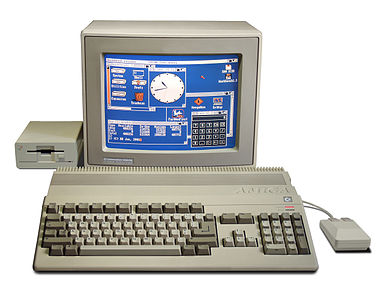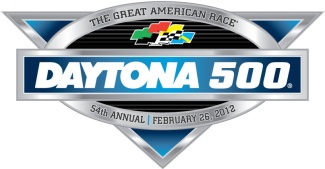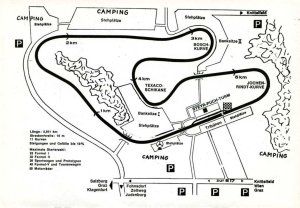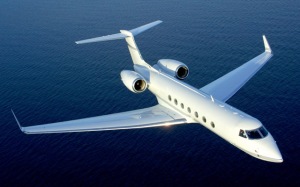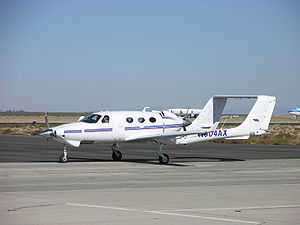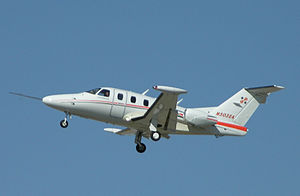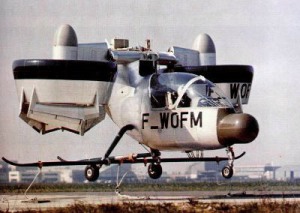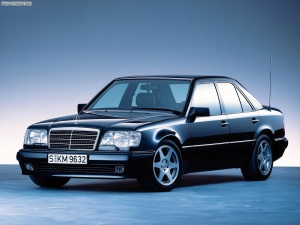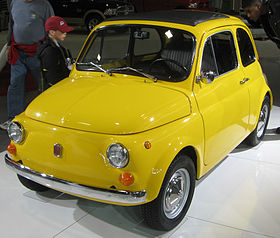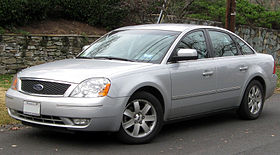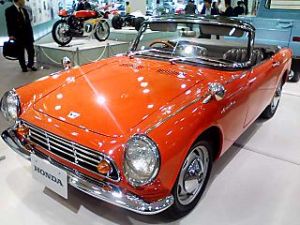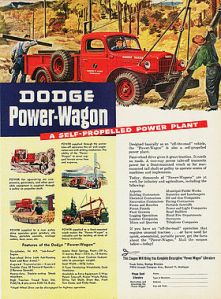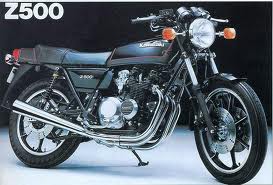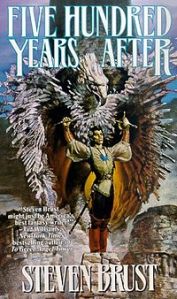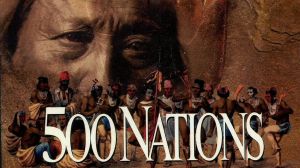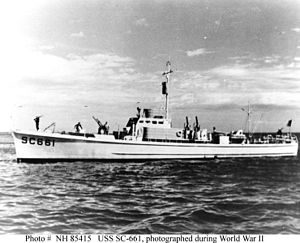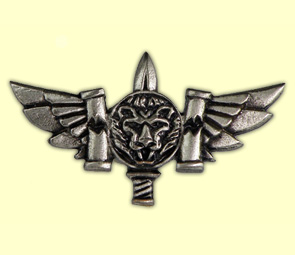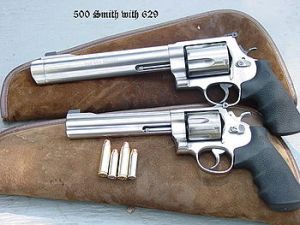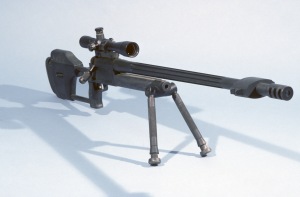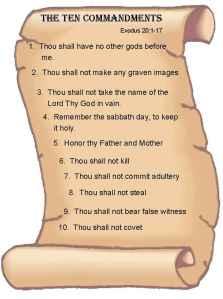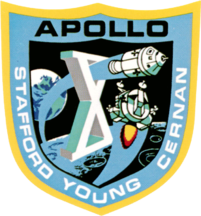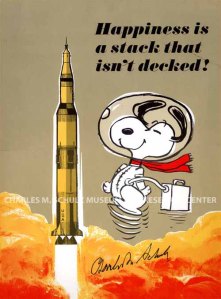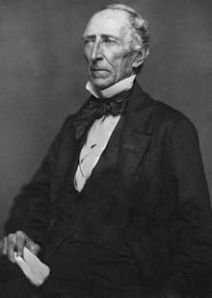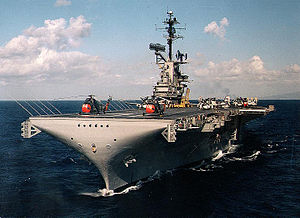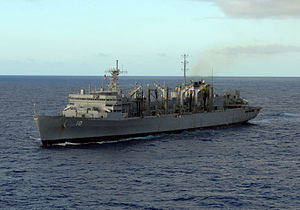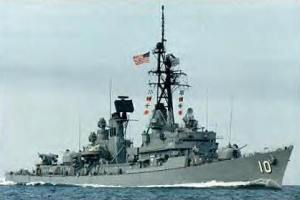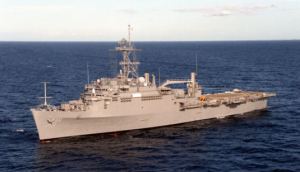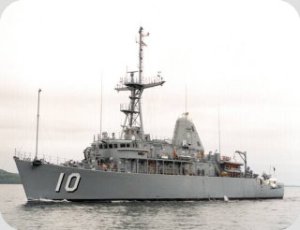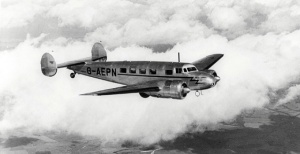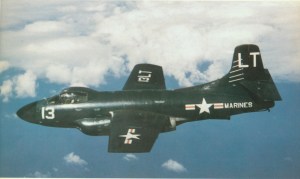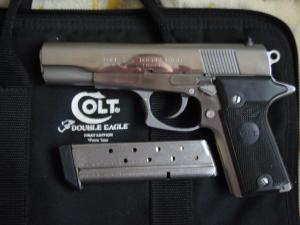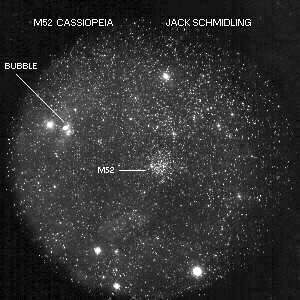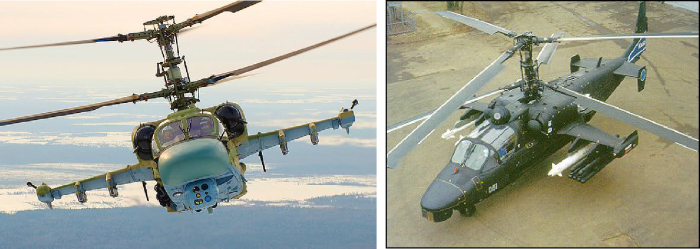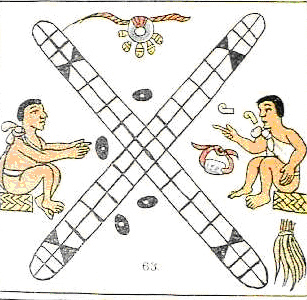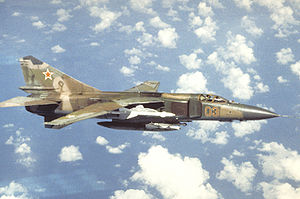“Fight Against Stupidity And Bureaucracy”
.
Last week the number that came up as the significant number was twelve.
It turned out to be a number with a lot of associations, so many in fact that for the first time I decided to split the post into two parts.
Today we have the second part, which deals with the ‘militaria’ associations. So if you have an interest in this kind of thing I hope you will enjoy looking at this post.
.
.
In militaria
- HMS E12
- HMS E12 was a British E class submarine built by HM Dockyard, Chatham and commissioned on 14 October 1914.
- Her forward hydroplanes became entangled in anti submarine nets in the Dardanelles which sent her down to 245 feet, at the time the greatest depth achieved by any British submarine. E12 managed to surface only to come under fire by shore batteries. She avoided further damage.
- HMS E12 was sold in Malta on 7 March 1921.

.
- HMS H12
- HMS H12 was a British H-class submarine built by Fore River Yard, Quincy, Massachusetts and commissioned in 1915.
- HMS H12 along with HMS H11 and HMS H13 to HMS H20 were all built in America but were interned by the United States government until the USA entered World War I.
- HMS H12 was sold in April 1920 in Dover.
.
- USS O-12
- The USS O-12 (SS-73) was an O-class submarine of the United States Navy launched on 29 September 1917.
- These later O-boats, O-11 through O-16, designed by Lake Torpedo Boat, were to different specifications than the earlier Electric Boat designs. They performed poorly as compared to the Electric Boat units, and are sometimes considered a separate class.
.
- SM U-12
- SM U-12 or U-XII was a U-5-class submarine or U-boat built for and operated by the Austro-Hungarian Navy (German: Kaiserliche und Königliche Kriegsmarine or K.u.K. Kriegsmarine) before and during the First World War.
- Click here to listen to “The Hunt for U12, broadcast BBC Radio Scotland, 6th June 2009”.
.
- HMS Achates (H-12)
- HMS Achates was an A-class destroyer of the British Royal Navy launched on 4 October 1929 and commissioned on 27 March 1930. She was sunk on 31 December 1942 in the Battle of the Barents Sea.
.
- L12 Molotovets
- The Leninets or L-class were the second class of submarines to be built for the Soviet Navy. They were minelaying submarines and were based on the British L-class submarine, HMS L55, which was sunk during the British intervention in the Russian Civil War. Some experience from the previous Dekabrist-class submarines was also utilized.
- The boats were of the saddle tank type and mines were carried in two stern galleries as pioneered on the pre-war Krab, the world’s first mine-laying submarine.
- These boats were considered successful by the Soviets and 25 were built in 4 groups between 1931 and 1941. Groups 3 and 4 had more powerful engines and higher speed.
.
- Z12 Erich Giese
- The Z12 Erich Giese was a Type 1934A-class destroyer built for the German Navy (Kriegsmarine) in the late 1930s. At the beginning of World War II, the ship was used in the German Bight to lay minefields in German waters. In late 1939 the ship made one successful minelaying sortie off the English coast that claimed two merchant ships. While returning from that sortie, she torpedoed a British destroyer without being detected and continued on her way. During the early stages of the Norwegian Campaign, Erich Giese fought in both naval Battles of Narvik in mid-April 1940 and was sunk by British destroyers during the Second Battle of Narvik.
.
- O 12
- The O 12 was a O 12-class submarine of the Royal Netherlands Navy. Built at Koninklijke Maatschappij De Schelde in Vlissingen, it was launched in 1930 but was unable to take part in military action during World War II. During the German attack on the Netherlands in 1940, O 12 was in the naval wharf of Willemsoord, Den Helder for periodic maintenance. Unable to make the trip across the North Sea to England, the ship was scuttled.
- The German occupying forces had O 12 raised and sent it to the Wilton-Fijenoord wharf in Rotterdam for repairs. On January 30, 1943, it was taken into service by the German Navy, the Kriegsmarine, as the U-D2.
- On July 6, 1944, it was taken out of service and moved to Kiel, where it was scuttled in the harbor just before the end of the war.
- Afterwards, O 12 was raised and demolished.
.
- USS S-12
- The USS S-12 (SS-117) was a second-group (S-3 or “Government”) S-class submarine of the United States Navy. She was launched on 4 August 1921.
- In addition to service in the northeast through 1928, from 1929 into 1936, S-12 served almost exclusively in the Panama Canal area although she visited Baltimore, Maryland, from 15 May to 5 June 1933, and New London from 15 May to 1 June 1935.
- Departing Coco Solo on 13 June 1936, S-12 decommissioned at Philadelphia, Pennsylvania, on 30 September 1936.
- S-12 was recommissioned on 4 November 1940 and following voyages to Bermuda, Saint Thomas, United States Virgin Islands, and Coco Solo, S-12 operated at St. Thomas from December 1941 into March 1942; in the Panama Canal area from April into June; at Guantánamo from June into December; in the Panama Canal area from that month into May 1944; at Trinidad from May into July; and at Guantánamo from July into 1945.
- Departing from Guantánamo on 25 March, S-12 was decommissioned on 18 May 1945 at Philadelphia, and sold on 28 October that year to Rosoff Brothers of New York City. Resold to Northern Metals Company of Philadelphia, on an unspecified date, she was scrapped.
.
- I-12 Submarine
- The submarine I-12 was a Japanese A2 type long-range fleet submarine built at the Kawasaki’s shipyard in Kobe.
- The I-12 was used during 1944 to disrupt American shipping between the west coast and the Hawaiian Islands. She torpedoed and sank the Liberty ship John A. Johnson, on 30 October 1944 and, after ramming and sinking the lifeboats and rafts, then machine-gunned the 70 survivors in the water, killing 10.
- A Pan American Airways plane spotted the John A. Johnson’s remaining men soon thereafter, and the USS Argus recovered them at 21:35 on 30 October. The Argus disembarked the men at San Francisco on 3 November.
.
- HMS Ocean L12
- HMS Ocean of the Royal Navy is an amphibious assault ship (or landing platform helicopter) and is the sole member of her class. She is designed to support amphibious landing operations and to support the staff of Commander UK Amphibious Force and Commander UK Landing Force.
- She was constructed in the mid-1990s by Kvaerner Govan Ltd on the Clyde and fitted out by VSEL at Barrow-in-Furness prior to first of class trials and subsequent acceptance in service.
- She was commissioned in September 1998 at her home port HMNB Devonport, Plymouth.
.
.
- Curtiss A-12 Shrike
- The Curtiss A-12 Shrike was the United States Army Air Corps’ second monoplane ground-attack aircraft, and its main attack aircraft through most of the 1930s.
- It was based on the A-8, but had a radial engine instead of the A-8’s inline, water-cooled engine, as well as other changes.
.
- Curtiss XF12C-1
- In 1932, the U.S. Navy gave Curtiss a contract to design a parasol two-seat monoplane with retractable undercarriage and powered by a Wright R-1510 Whirlwind, intended to be used as a carrier-based fighter.
- The resulting aircraft, designated the XF12C-1, flew in 1933. Its chosen role was changed first to a scout, and then to a scout-bomber (being redesignated XS4C-1 and XSBC-1 respectively), but the XSBC-1’s parasol wing was unsuitable for dive bombing. A revised design was produced for a biplane, with the prototype, designated the XSBC-2, first flying on 9 December 1935.
.
- Miles M.12 Mohawk
- The Miles M.12 Mohawk was a 1930s British two-seat, tandem cabin monoplane built by Phillip & Powis Aircraft (later to become Miles Aircraft) to the order of Charles Lindbergh in 1936.
- After being used by Lindbergh in Europe it was impressed into service with Royal Air Force as a communications aircraft in 1941.
.
- Vultee V-12
- The Vultee V-11 and V-12 were American attack aircraft of the 1930s.
- The V-11 and V-12 were purchased by several nation’s armed forces, including China, who used them in combat against Japanese forces in the Second Sino-Japanese War.
- The United States Army Air Corps purchased seven V-11s as the Vultee YA-19 in the years before World War II, testing them to gather data to compare against twin engine light attack planes.
.
- Fiat G.12
- The G.12 was an all-metal low-wing cantilever personnel transport aircraft. It had three radial engines, one mounted on the fuselage nose and the other two in wing-mounted nacelles.
- The engines drove three-blade feathering metal propellers. The mainwheels of its landing gear retracted into the nacelles; the tailwheel was fixed. The flight deck and cabin were fully enclosed. Access was via a port-side access door aft of the wing.
- The G.12 was designed as a civil aircraft, but served mainly in military roles during the war. Only a limited number were built, some as late as 1944, after the Italian armistice. The G.12 inspired the postwar G.212 “Flying Classroom”, the last Italian three-engine transporter. Crew:4
.
- Republic XF-12 Rainbow
- The Republic XF-12 Rainbow was an American four-engine, all-metal prototype reconnaissance aircraft designed by the Republic Aviation Company in the late 1940s.
- Like most large aircraft of the era, it used radial engines—in this case, the Pratt & Whitney R-4360 “Wasp Major.” The aircraft was designed with maximum aerodynamic efficiency in mind. The XF-12 was referred to as an aircraft that was “flying on all fours” meaning: four engines, 400 mph cruise, 4,000 mile range, at 40,000 feet. A
- lthough highly innovative, the postwar XF-12 Rainbow was fated to compete against more modern jet engine technology and was not to enter production.
.
- Lockheed A-12
- The Lockheed A-12 was a reconnaissance aircraft built for the Central Intelligence Agency (CIA) by Lockheed’s famed Skunk Works, based on the designs of Clarence “Kelly” Johnson. The A-12 was produced from 1962 to 1964, and was in operation from 1963 until 1968.
- The single-seat design, which first flew in April 1962, was the precursor to both the twin-seat U.S. Air Force YF-12 prototype interceptor and the famous SR-71 Blackbird reconnaissance aircraft.
- The aircraft’s final mission was flown in May 1968, and the program and aircraft retired in June of that year. The A-12 program was officially revealed in the mid-1990s.
.
- McDonnell Douglas/General Dynamics A-12 Avenger II
- The McDonnell Douglas/General Dynamics A-12 Avenger II was a proposed American attack aircraft from McDonnell Douglas and General Dynamics. It was to be an all-weather, carrier-based stealth bomber replacement for the Grumman A-6 Intruder in the United States Navy and Marine Corps. Its Avenger II name was taken from the Grumman TBF Avenger of World War II.
- The projected cost of the program was $57 billion, with an estimated per unit cost of $84 million.
- The development of the A-12 was troubled by cost overruns and several delays, causing questions of the program’s ability to deliver upon its objectives; these doubts led to the development program being canceled in 1991. The manner of its cancellation has been contested through litigation to this day.
.
- Rockwell XFV-12
- The Rockwell XFV-12 was a prototype supersonic United States Navy fighter which was built in 1977.
- The XFV-12 design attempted to combine the Mach 2 speed and AIM-7 Sparrow armament of the F-4 Phantom II in a VTOL (vertical takeoff and landing) fighter for the small Sea Control Ship which was under study at the time.
- On paper, it looked superior to the subsonic Hawker Siddeley Harrier attack fighter, however, it proved unable to produce enough thrust for vertical flight, even with an installed engine with more thrust than its empty weight, and the project was abandoned.
.
- C-12 Huron
- The C-12 Huron is the military designation for a series of twin-engine turboprop aircraft based on the Beechcraft Super King Air and Beechcraft 1900.
- C-12 variants are used by the United States Air Force, United States Army, United States Navy and United States Marine Corps.
- These aircraft are used for various duties, including embassy support, medical evacuation, as well as passenger and light cargo transport. Some aircraft are modified with surveillance systems for various missions, including the Cefly Lancer, Guardrail and Project Liberty programs.
.
- Bell Helicopter XR-12
- During 1946, Bell Helicopter began development of a new utility helicopter, the Model 42. Three prototypes were built but serious rotor problems and complexity of mechanical systems precluded production.
- A production batch of 34 helicopters was ordered, under the designation R-12A, but cancelled in 1947.
- Another enlarged prototype (the XR-12B, Model 48A) with seats for eight plus two pilots and a more powerful 600 horsepower (447 kW) Pratt & Whitney R-1340-55 engine was also ordered, followed by 10 pre-series YR-12B helicopters, with a glazed nose, instead of the car-like nose of the Model 42 and XR-12. Whilst under flight test the helicopter was re-designated the H-12, but the results were not satisfactory, there were major problems with the main rotor due to blade weaving and poor rotor governor performance.
.
- Mil V-12
- The Mil V-12 (also referred to as the Mi-12) is the largest helicopter ever built.
- The name “Mi-12” would have been the name for the production helicopter, however, since the V-12 never went into production and only two prototypes were built, the name “Mi-12” was never officially adopted.
.
- NAMC J-12
- The NAMC J-12 was a lightweight supersonic fighter built in the People’s Republic of China for use by the PLAAF. It was one of first serious attempts taken by Chinese aircraft manufacturers to develop a modern jet fighter of indigenous design. Weighing 6,993 lb (3,172 kg) empty, it is one of the lightest jet fighters ever built.
- Neither the J-12 nor the related Shenyang J-11 (Not to be confused with the Shenyang J-11 Flanker B+ that entered service in 1998) entered service.
- Nine J-12s are believed to have been built, but in 1977, development of the J-12 was abandoned, probably because the Chengdu J-7, based on the Soviet MiG-21F, was considered superior.
.
- Beriev Be-12 Chayka
- The Beriev Be-12 Chayka (“Seagull”) is a Soviet turboprop-powered amphibious aircraft designed for anti-submarine and maritime patrol duties.
.
- Boeing P-12
- The Boeing P-12 or F4B was an American pursuit aircraft that was operated by the United States Army Air Corps and United States Navy.
.
- Harbin Y-12
- The Harbin Y-12 is a high wing twin-engine turboprop utility aircraft built by Harbin Aircraft Manufacturing Corporation (HAMC).
.
- Rans S-12 Airaile
- The Rans S-12 Airaile is a family of related American single-engined, pusher configuration, high-wing monoplanes designed by Randy Schlitter and manufactured by Rans Inc. Production of the S-12S Airaile, S-14 Airaile, S-17 Stinger and S-18 Stinger II was ended as part of Rans’ extensive reorganization of its product line on 1 June 2006.
- The S-12XL Airaile was originally intended to be cut from the line at the same time, but the customer demand convinced the company to retain the model and it is still available.
.
- P-12 “Yenisei”
- The P-12 “Yenisei” was an early 2D VHF radar developed and operated by the former Soviet Union.
.
.
- T-12
- The T-12 (also known as Cloudmaker) demolition bomb was developed by the United States from 1944 to 1948 and designed to attack targets invulnerable to conventional “soft” bombs, such as bunkers and viaducts.
- It achieved this by having an extremely thick hardened nose section, which was designed to penetrate deeply into hardened concrete structures and then detonate inside the target after a short time delay. This created an “earthquake effect”.
- The final T-12 weighed 43,600 lb (nearly 20 metric tons). This was twice the size of the United States’ previous largest bomb.
.
- Mark-12 nuclear bomb
- The Mark-12 nuclear bomb was a lightweight nuclear bomb designed and manufactured by the United States of America which was built starting in 1954 and which saw service from then until 1962.
- The Mark-12 was notable for being significantly smaller in both size and weight compared to prior implosion-type nuclear weapons.
- There was a planned W-12 warehead variant which would have been used with the RIM-8 Talos missile, but it was cancelled prior to introduction into service.
.0000
- Convair X-12
- The SM-65B Atlas, or Atlas B, also designated X-12 was a prototype of the Atlas missile.
- First flown on 19 July 1958, the Atlas B was the first version of the Atlas rocket to use the stage and a half design. Ten flights were made. Nine of these were sub-orbital test flights of the Atlas as an Intercontinental Ballistic Missile, with five successful missions and four failures. The seventh flight, launched on 18 December 1958, was used to place the SCORE satellite into low Earth orbit, the first orbital launch conducted by an Atlas rocket.
- All Atlas-B launches were conducted from Cape Canaveral Air Force Station, at Launch Complexes 11, 13 and 14.
.
.
- Dyrenkov-12
- D-12 (Dyrenkov-12) was a Soviet light armored car based on the GAZ-A automobile. It was a further development of N.I. Dyrenkov’s D-8 design and was intended for infantry support and anti-aircraft roles.
- The D-12 served during the early 1930s and was observed on Red Square during November 7th parades. Some vehicles remained in service during the war in 1941 and a few participated in the victory parade in Mongolia in 1945.
.
- Gun Motor Carriage M12
- The 155 mm Gun Motor Carriage M12 was a U.S. self-propelled gun developed during the Second World War. Only 100 were built; 60 in 1942 and a further 40 in 1943.
- It had an armored driver’s compartment, but the gun crew were located in an open topped area at the back of the vehicle. An earth spade (similar to a bulldozer blade) at the rear was employed to absorb recoil. This layout—large gun mounted in an open mount at the rear, with a spade—was the pattern adopted for many years by other heavy self-propelled artillery.
.
- T-12 Anti-Tank Gun
- The 2A19 or T-12 is a Soviet smoothbore 100-mm anti-tank gun, which served as the main Eastern Bloc towed anti-tank gun from 1955 until the late 1980s.
.
.
- Winchester Model 1912
- The Winchester Model 1912 (also commonly known as the Model 12, or M12) is an internal-hammer pump-action, shotgun with an external tube magazine.
- Popularly-named the Perfect Repeater at its introduction, it largely set the standard for pump action shotguns over its 51 year high-rate production life – from August 1912 until first discontinued by Winchester in May 1964.
- Nearly two million Model 12 shotguns were produced in various grades and barrel lengths.
.
- Beretta Model 12
- The Beretta Model 12 is a 9×19mm Parabellum caliber submachine gun. Production started in 1962, the first users being the Italian Carabinieri and the Italian State Police. The Italian Air Force bought a large number of M12S and M12S2 for the airport security units.
- Its debut in combat came during the Tet Offensive in 1968 when the Marines guarding the U.S. embassy in Saigon repelled the assault by the Viet Cong using the Beretta M12.
- It is also used by various South American and African countries, and made under license in Brazil by Taurus and in Indonesia by PT Pindad.
.
- Halo P-12
- The Halo P-12 is a pump-action bullpup shotgun featuring a large magazine designed to accept only 2¾” shotgun shells, in-line with the barrel much like that found on the FN P-90.
- The P-12 has an overall length of around 27 inches (69 cm) and weighs less than 9 pounds (4.1 kg) fully loaded.
.
.
- Y-12 National Security Complex
- The Y-12 National Security Complex is a United States Department of Energy National Nuclear Security Administration facility located in Oak Ridge, Tennessee, near the Oak Ridge National Laboratory.
- It was built as part of the Manhattan Project for the purpose of enriching uranium for the first atomic bombs. In the years after World War II, it has been operated as a manufacturing facility for nuclear weapons components and related defense purposes.
- Y-12 is managed and operated under contract by B&W Y-12 (formerly called BWXT Y-12), a partnership of Babcock and Wilcox (formerly called BWXT Technologies), and Bechtel.
- In 2012, three anti-nuclear-weapons protesters broke into the highest-security area of Y-12.
.
===========================================
.





































































